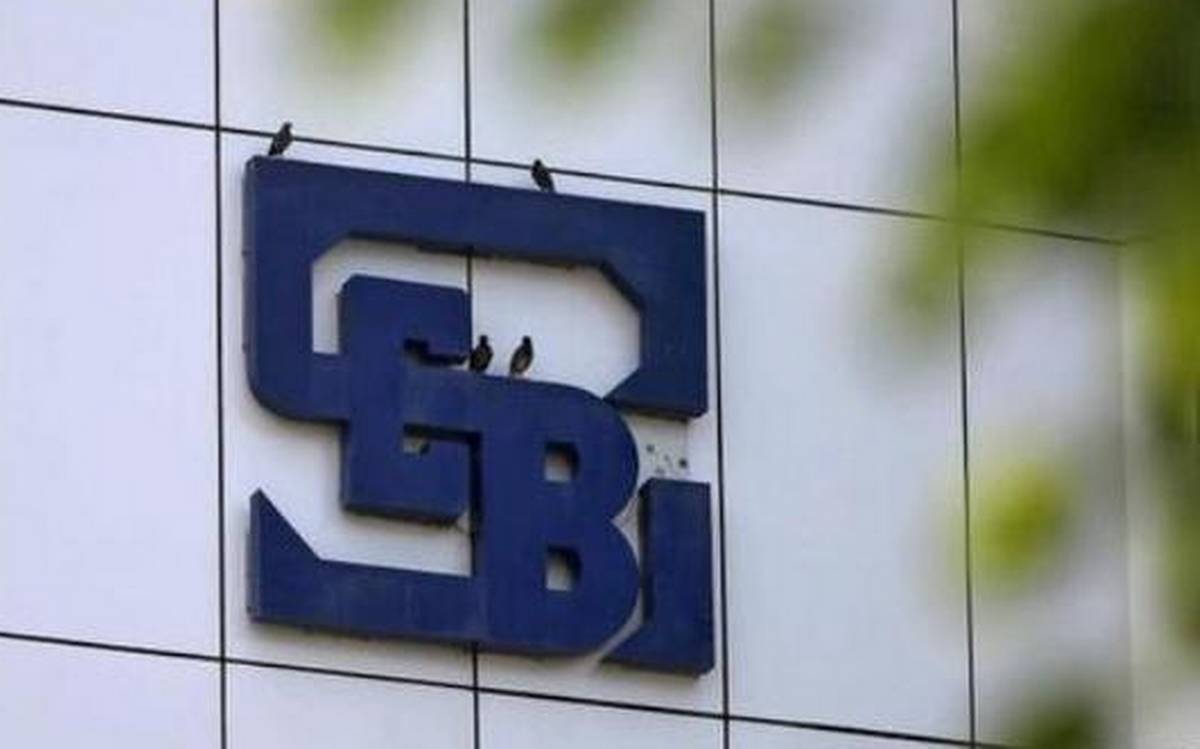
As start-ups troop into capital markets, SEBI to tighten IPO norms
Stock market regulator proposes curbs on how much of the proceeds can be used for M&A; wants keener monitoring of miscellaneous funds

The spate of initial public offerings (IPOs) launched this year, particularly by start-ups, and the investor frenzy it attracted, have prompted the capital markets regulator to put more checks and balances in place. This year alone, companies have raised over ₹1 trillion via maiden, with internet start-ups accounting for a bulk of it.
The Securities and Exchange Board of India (SEBI) has rolled out a proposal to introduce measures aimed to ensure greater accountability for the listing entities. The curbs are also meant to bring in greater transparency in what the IPO proceeds are utilised for.
While the tightened norms will be applied across the board, it is widely acknowledged that these are aimed to rein in start-ups looking for a maiden issue. There have been instances of these companies raising IPO funds at a mammoth valuation, with ambiguous plans on how they propose to use them. Also, some start-ups have used the proceeds to invest in high-risk, big-ticket M&A (merger and acquisition) deals that the investors were not aware of at the time of the IPO.
Use of proceeds for inorganic growth
The stock market regulator has brought out a consultation paper with the new proposals, and sought feedback by November-end. Once cleared, the new rules will be implemented.
Also read: Will digital gold shed some sheen under tighter regulation?
Among the key proposals, SEBI plans to set a limit on how much companies can raise for inorganic growth (M&A activities). Further, if they plan to use the money for an acquisition, they need to specify the target company in their draft documents.
“It is seen that lately, in some of the draft offer documents, issuer companies are proposing to raise fresh funds for objects where object is termed as ‘Funding of Inorganic Growth Initiatives’, which include future acquisitions, investing in new business initiatives and strategic partnerships by the company without identifying the target acquisition or specific investments proposed to be deployed out of issue proceeds…raising fund for unidentified acquisition leads to some amount of uncertainty in the IPO objects,” said the regulator.
Greater monitoring of funds
Currently, when companies spell out in their IPO filing documents how they plan to use the funds, they can allot up to 25% for ‘general corporate purpose’, or GCP. Market experts have pointed out that this can result in misuse of proceeds. Now, SEBI has said the amount allocated for GCP and inorganic growth together cannot cross 35%.
SEBI also wants a keener monitoring of how the IPO proceeds — particularly GCP — are used. Once its new rules are implemented, each company that has gone for a listing has to hire a monitoring agency. The agency is tasked with ensuring the IPO proceeds are used strictly for the stated purpose.
Curbs for existing investors
Of late, there have been IPOs where existing shareholders have diluted major chunks of their stake via an offer-for-sale (OFS). Now, there will be curbs on how big a stake they offload during the IPO. Further, when a company doesn’t have an identifiable promoter, investors with stakes of 20% or more will not be allowed to sell more than half their holdings. Post IPO, they are required to retain their stakes for a minimum of six months.
Further, at present, anchor investors, which are typically institutional investors picking up shares in a company just before its IPO, need to hold on to the shares for at least 30 days. SEBI plans to extend this lock-in period to 90 days.
These steps are meant to ensure greater accountability for the company’s promoters and management, as well as instil retail investor confidence.

